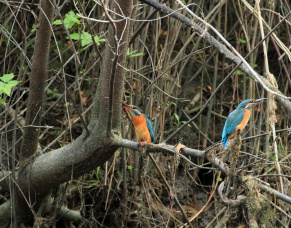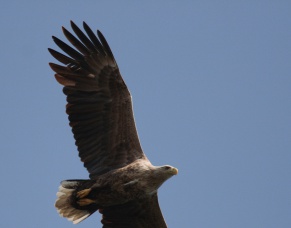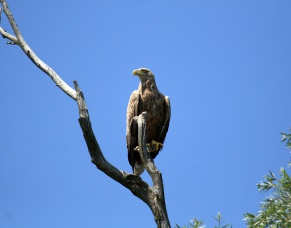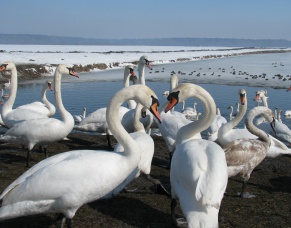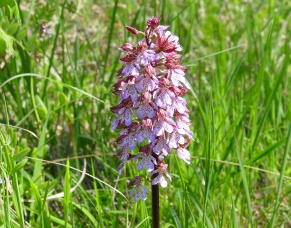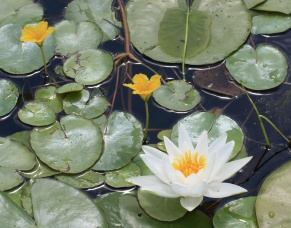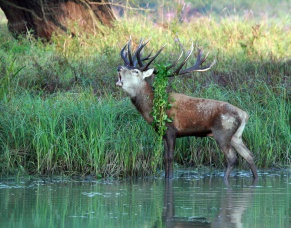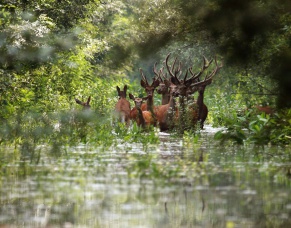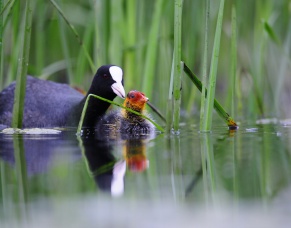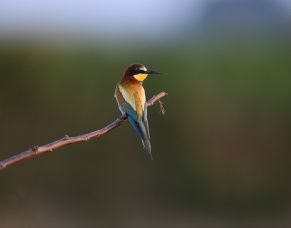Kopački rit Nature Park
Flora, fauna, habitats, values, significance
Kopački rit is one of the largest natural wetland areas in Europe, and has an international significance enjoying the status as a Ramsar site and an Important Bird Area. Most importantly, Kopački rit is also part of the Transboundary UNESCO Biosphere Reserve “Mura-Drava-Danube“.It comprises the wetland area around the mouth of the Drava to the Danube near Osijek. Due to inaccessibility and exposure to floods, the area of around 12,000 hectares has totally been in a natural state, since long ago. Therefore, floods in Kopački Rit are a natural phenomenon and last, in average, 99 days per year of which the most of the area is flooded. Wetland areas keep the water from flooding and, in that way, protect the people and their assets.After the Danube Delta, Kopački rit is the second largest natural fish spawning area along the Danube with 60 species of fish recorded. The most common species are Carp, Pike, Zander, Wels, Sturgeon and many others. The specific conditions in the Park also create ideal conditions for the development of many plant and animal species. Kopački rit is extremely rich in biodiversity of which many are rare and endangered. The White-tailed eagle is one of these endangered species. It is the ruler of birds and the largest eagle of Europe. Its wingspan can be up to 2.5 meters. In comparison to its size, it is very light, only about 6 kilos, but it catches fish that can weigh over 8 kilos. 47 pairs of White-tailed eagles are nesting in Kopački rit. Their nests are usually about 20-30 m above the ground, and they can weigh up to half a ton. The Lady Orchid is also worth mentioning. Although it is the most common species of orchids, it is endangered due to disappearance of its habitat. Orchids live in symbiosis with mushrooms through the roots. Mushroom enables the orchid to have improved absorption of water and nutrients from the ground, and the orchid transfers the products of photosynthesis to the mushroom. Other plant species that are important to mention Yellow Flags, Common Oak, White Willow, Elm, Narrow-leafed Ash, Black and White Poplar, Common Reed, White Water-Lily, Yellow Pond-Lily, and other. The northern part of the Nature Park is covered with mainly oak forests, which serves as an important habitat for numerous forest and wild animals. The most important animal species found here are the Red Deer, Roe Deer, Wild Boar, Pine Marten, Beech Marten and many other species.

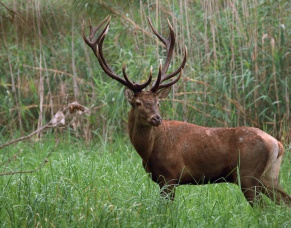
_291x228.jpg)
